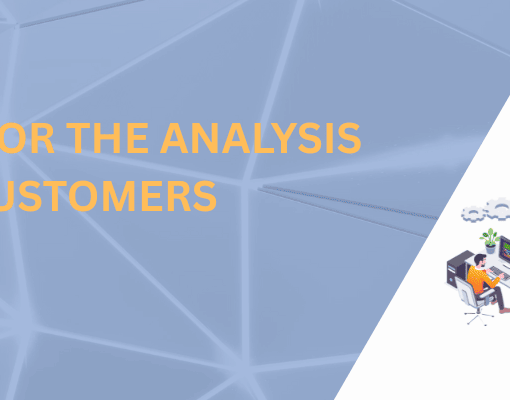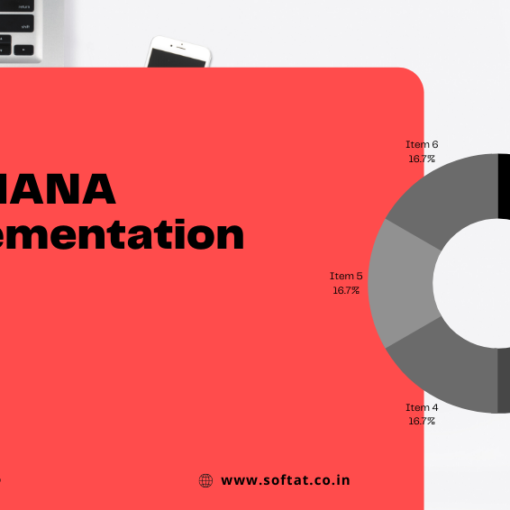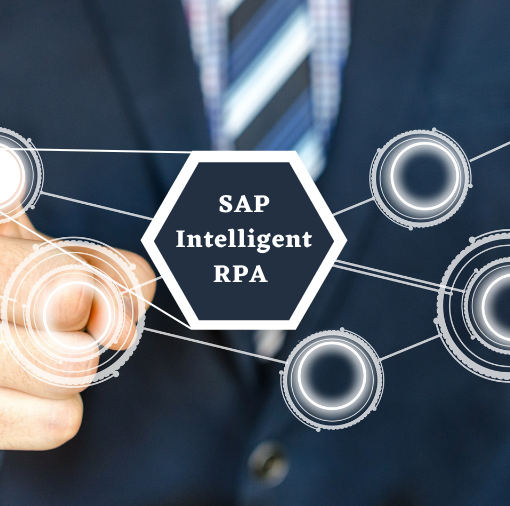In the ever-evolving landscape of technology, SAP Monitoring stands as a crucial element in ensuring the seamless functioning of SAP ecosystems. This article dives into the evolution, significance, and real-world impact of monitoring, shedding light on its importance and the key considerations for successful implementation.
Evolution and Background of SAP Monitoring
The journey of Monitoring is deeply rooted in the need for businesses to have real-time insights into the performance and health of their SAP systems. From its inception to the present, SAP has continually evolved its monitoring solutions to keep pace with the dynamic IT landscape.
Importance of Real-Time Monitoring in SAP Environments
Real-time monitoring is the cornerstone of a robust SAP environment. It ensures that organizations have immediate visibility into the performance of their systems, allowing for proactive issue resolution and minimizing downtime.
Key Features of Effective SAP Monitoring Solutions
What makes an monitoring solution effective? Comprehensive system visibility, customizable alerting, and reporting functionalities are pivotal. Businesses need tools that provide a holistic view of their SAP landscape and empower them to tailor monitoring to their specific needs.
Benefits for Businesses Implementing SAP Monitoring
The benefits of implementing monitoring are manifold. From enhanced performance and efficiency to cost-effective resource allocation, businesses can optimize their SAP environments, resulting in improved overall operational effectiveness.
Common Challenges in Implementing SAP Monitoring Systems
However, the implementation of monitoring systems comes with its challenges. Integration complexities and overcoming resistance to change within the organization are common hurdles that businesses must navigate to ensure successful monitoring adoption.
Best Practices for Successful SAP Monitoring Implementation
Success in monitoring lies in strategic planning and alignment with organizational goals. Continuous training and skill development for the teams involved are essential to make the most of monitoring tools and practices.
Choosing the Right Monitoring Tools
Selecting the right monitoring tools is critical. The chosen tools should not only be scalable and flexible but also align with the specific needs and goals of the organization. This ensures a tailored approach to monitoring.
Case Studies: Success Stories of Monitoring Implementation
Real-world examples illustrate the positive impact of monitoring on business operations. These case studies showcase how organizations have effectively leveraged monitoring solutions to enhance performance, reduce downtime, and optimize resource allocation.
Future Trends
Looking ahead, the future of monitoring is poised for innovation. The integration of artificial intelligence and predictive analytics will further empower businesses to proactively address issues and optimize their SAP environments.
Maximizing ROI
To maximize return on investment, businesses should not only adopt monitoring but also fully utilize advanced features. Regular performance assessments and optimizations ensure ongoing efficiency and effectiveness in monitoring practices.
Ensuring Cybersecurity
It goes beyond performance—it plays a crucial role in identifying and mitigating security threats. Integrating monitoring with cybersecurity measures ensures a comprehensive approach to safeguarding SAP environments.
Addressing Misconceptions
As with any technology, misconceptions may arise. Addressing common myths and providing clarity to potential concerns is essential for businesses considering the adoption of monitoring.
Integration with Other SAP Tools and Ecosystem
SAP monitoring seamlessly integrates with other SAP tools, fostering collaboration within the SAP ecosystem. This interconnected approach ensures a holistic and unified approach to managing and optimizing the SAP environment.
Conclusion
In conclusion, SAP Monitoring is not just about tracking performance; it’s about navigating the dynamics of an SAP environment with precision. The evolution, features, and real-world impact underscore its crucial role. Businesses are encouraged to prioritize effective monitoring to ensure the continued excellence of their SAP ecosystems.
Frequently Asked Questions (FAQs)
- Is SAP Monitoring only for large enterprises?
- No, It is scalable and beneficial for businesses of all sizes, ensuring optimal performance and efficiency.
- How quickly can businesses see the benefits of Monitoring after implementation?
- The timeline varies, but businesses often experience tangible benefits in terms of enhanced performance shortly after implementing Monitoring.
- Can it help in identifying and mitigating security threats?
- Yes, It plays a crucial role in identifying and mitigating security threats, ensuring the cybersecurity of SAP environments.
- What role does artificial intelligence play in the future of Monitoring?
- Artificial intelligence integration will enhance Monitoring by providing predictive analytics for proactive issue resolution.
- How can businesses ensure effective integration of Monitoring with their cybersecurity measures?
- Close collaboration between monitoring and cybersecurity teams, along with strategic planning, ensures the effective integration of Monitoring with cybersecurity measures.
You may be interested in:
The Role of SAP Consulting in Digital Transformation





